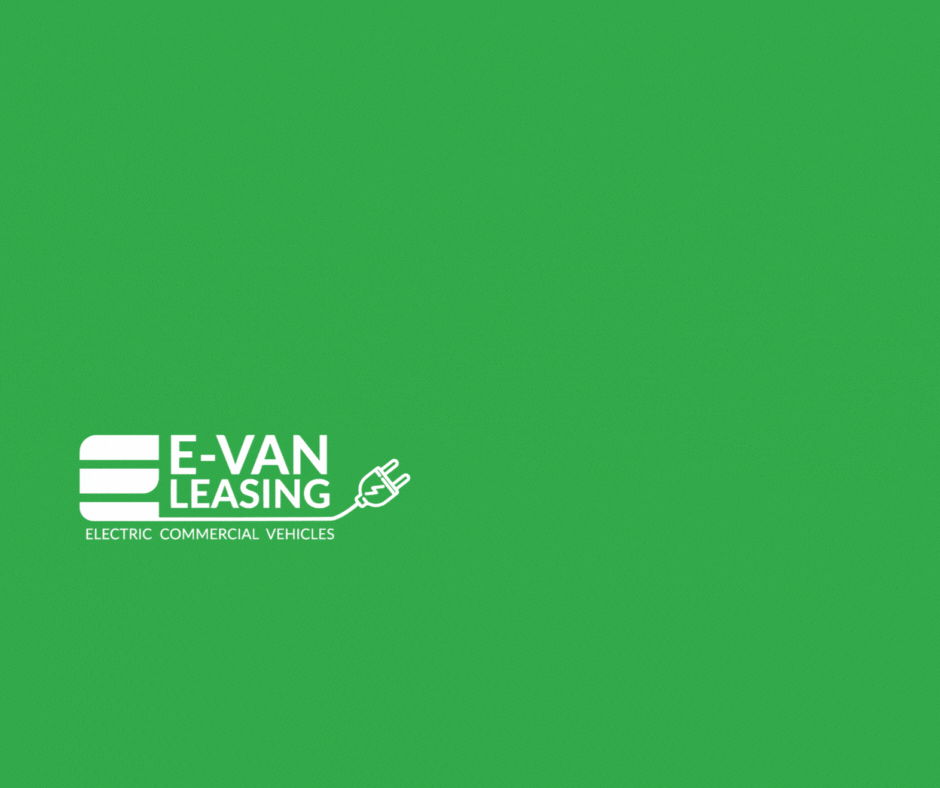
There is no doubt that the automotive world is set to change dramatically in the next five or so years as autonomous vehicles (AVs) are developed, and technology evolves. We are already seeing elements of autonomous technology creep into passenger vehicles with features such as self-parking.
Just recently, the taxi company Addison Lee has announced that it plans to have AVs on its fleet in the capital by 2021. The company has teamed up with a software developer, Oxbotica, to create a more integrated fleet which tackles some issues related to our busy cities – congestion and air pollution.
Ford have also announced it plans to test its new AVs on the streets of Washington D.C. in the first half of next year.
It’s clear from the headlines that great strides are already being made in the field of AVs and this innovation is only going to continue at a considerable pace. It is therefore important that fleet managers think now about how they are going to embrace this change and integrate this new technology into their own fleets.
The benefits of AVs are of course numerous – firstly, it is thought the safety of these vehicles will be much improved, as according to the National Highway Traffic Safety Administration in the USA, 94 per cent of accidents are related to human error, such as distractions or slower reaction times. Less accidents also means less congestion on roads as accidents are cleared up. Similarly, it is thought that AVs will operate more efficiently and will be kinder to the planet by using less fuel – with the Internet of Things and more connectivity it is even thought that AVs could communicate with traffic lights, ensuring the vehicle’s speed is moderated so the car hits a green light every time.
However – with these benefits there are also a number of other considerations for fleet managers. The first being the cost of AVs. As the technology is so new, and still in the testing phase, it is hard to estimate exactly how much these vehicles will cost, but it is likely the first vehicles to market will be expensive due to the sophisticated technology and the associated maintenance. However, in broad terms, this could be offset in the long-term by the efficiencies and the lower number of accidents.
Insurance of these AVs is another issue that needs careful consideration and is likely to create some new issues and situations. For example, if the AV is involved in an accident, who is liable – the operator, the car company or the software developer?
Earlier this year (July 2018), the Automated and Electric Vehicles Act 2018 received Royal Assent and this law brings insurance for AVs in line with the current motor insurance picture. This means that drivers are covered both when they are in control and when control has been delegated to the vehicle. Insurers will have liability for death, personal injury and property damage as a result of an accident caused by an autonomous vehicle. The new legislation is a significant development in the automotive world but there are still questions about how any post incident data required to establish liability for an incident will be passed to insurers.
This new law means the injured party, via the insurer, can seek compensation. In turn, the insurer can seek to recover its outlay from the party they deem responsible, such as the vehicle manufacturer, utilising existing product liability law.
From an insurance perspective, another issue to consider is the threat that the huge amount of data these vehicles will hold will be breached or become victim to a cyber attack. It is to be expected that there will be high levels of security to protect this precious data, although it is not yet clear how the law will adapt to support this.
The software responsible for this data is obviously integral to an AV and how it works, and in order for the vehicle to be running properly, the user must be responsible for ensuring all updates are run and bugs are fixed. Otherwise, we may find that if an accident does occur and the software was found to be out of date, the user could then be found liable.
It is fair to say fleet managers won’t all be flocking to replace their current fleets with AVs when they come to market – but some will certainly consider an early upgrade to capitalise on these new technologies and the efficiencies they offer. There is a balancing act for fleet managers of having one eye on the future and the new risk of AVs just around the corner against managing the existing risks involved with operating a fleet. Insurance policies will still need shaping to suit this new landscape, and some insurers will be more proactive than others in taking this step forward. It would certainly be worth having conversations with your insurers now to ensure current policies are suitable for the types of fleet being operated and what the future may hold.
Michael Brooks, Legal Director at Corclaim

















